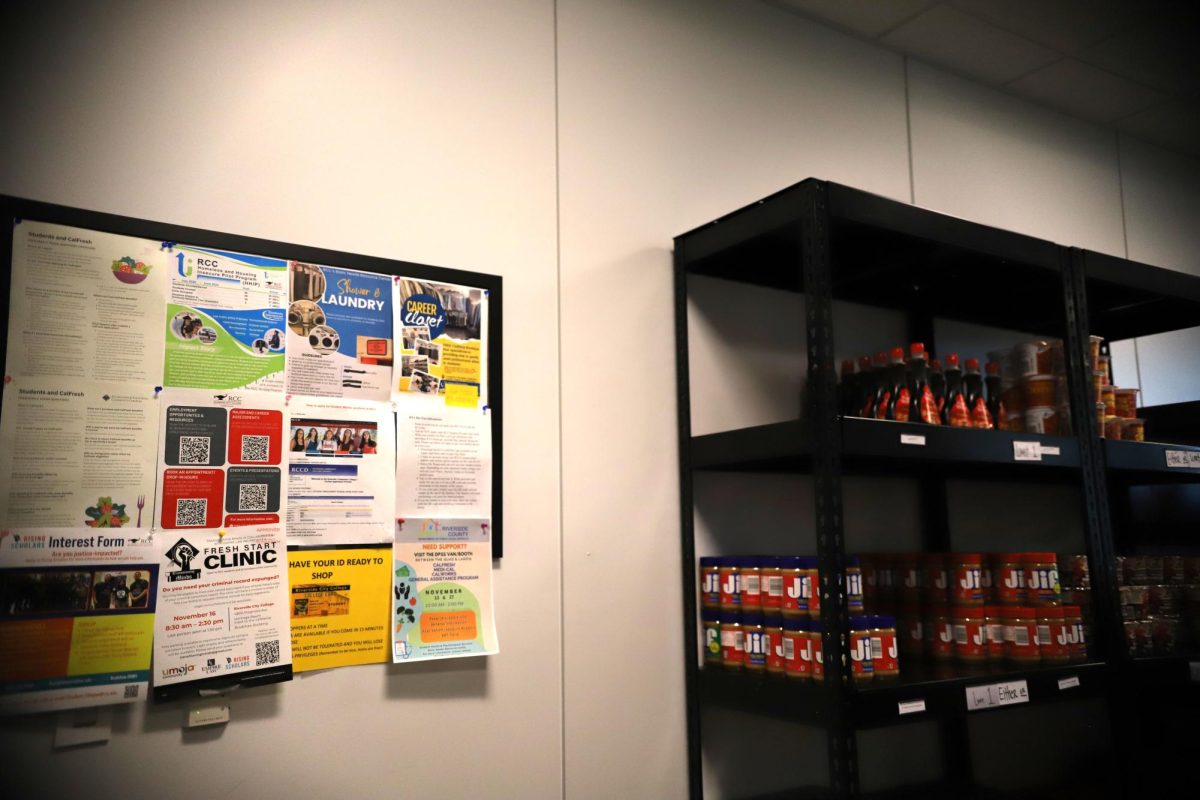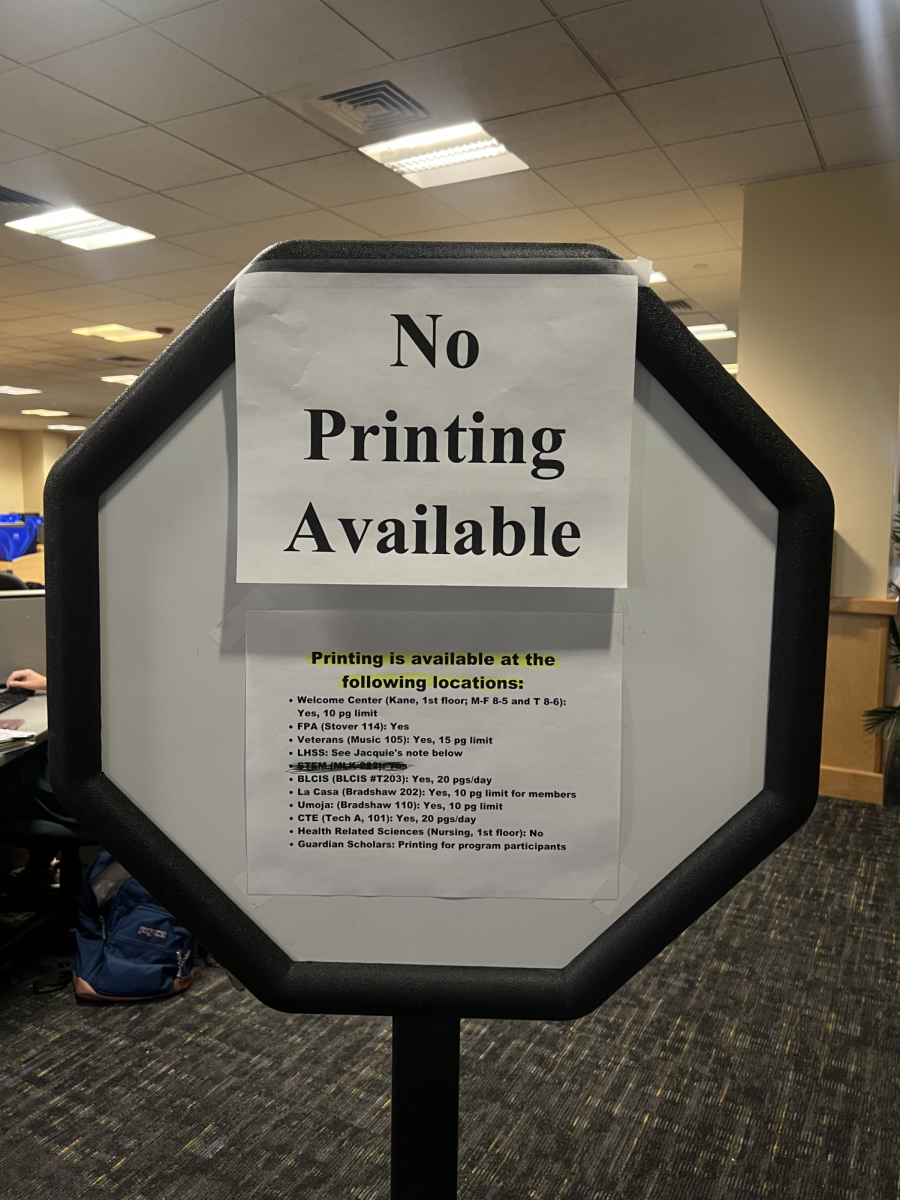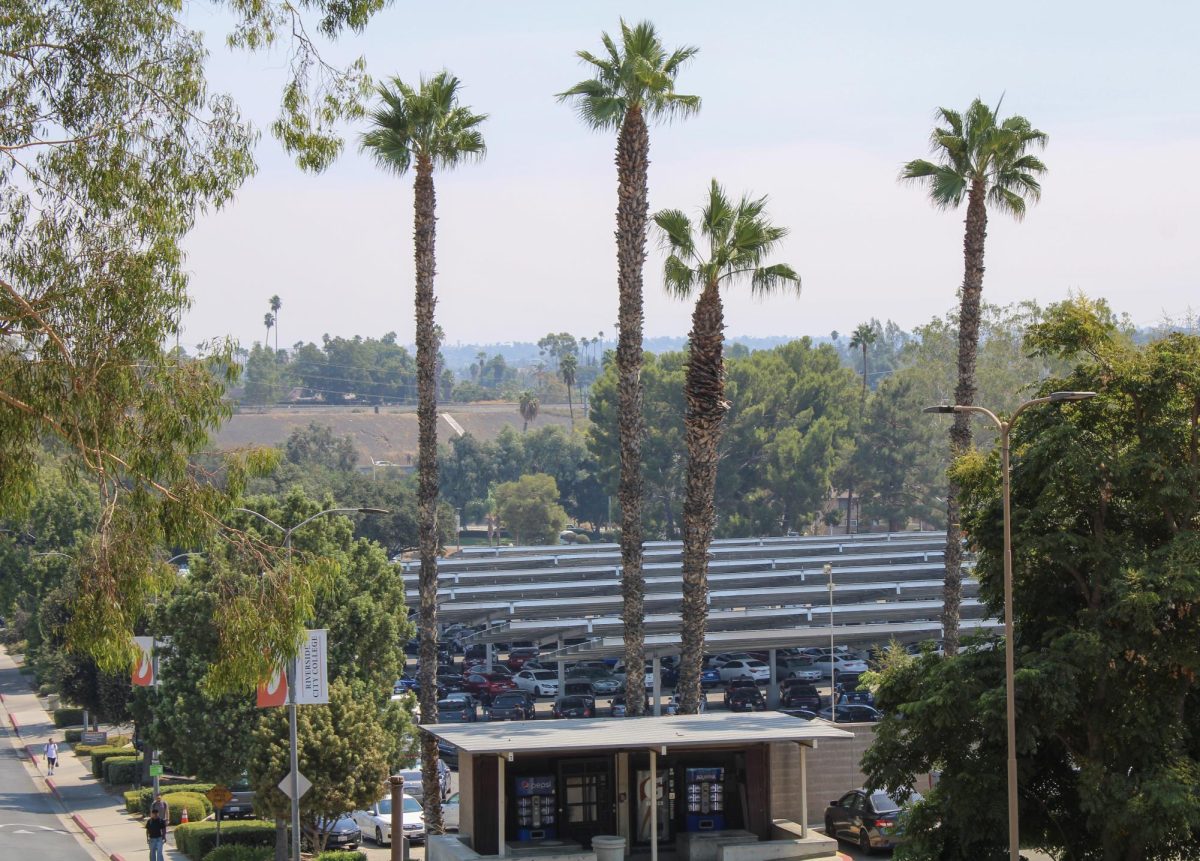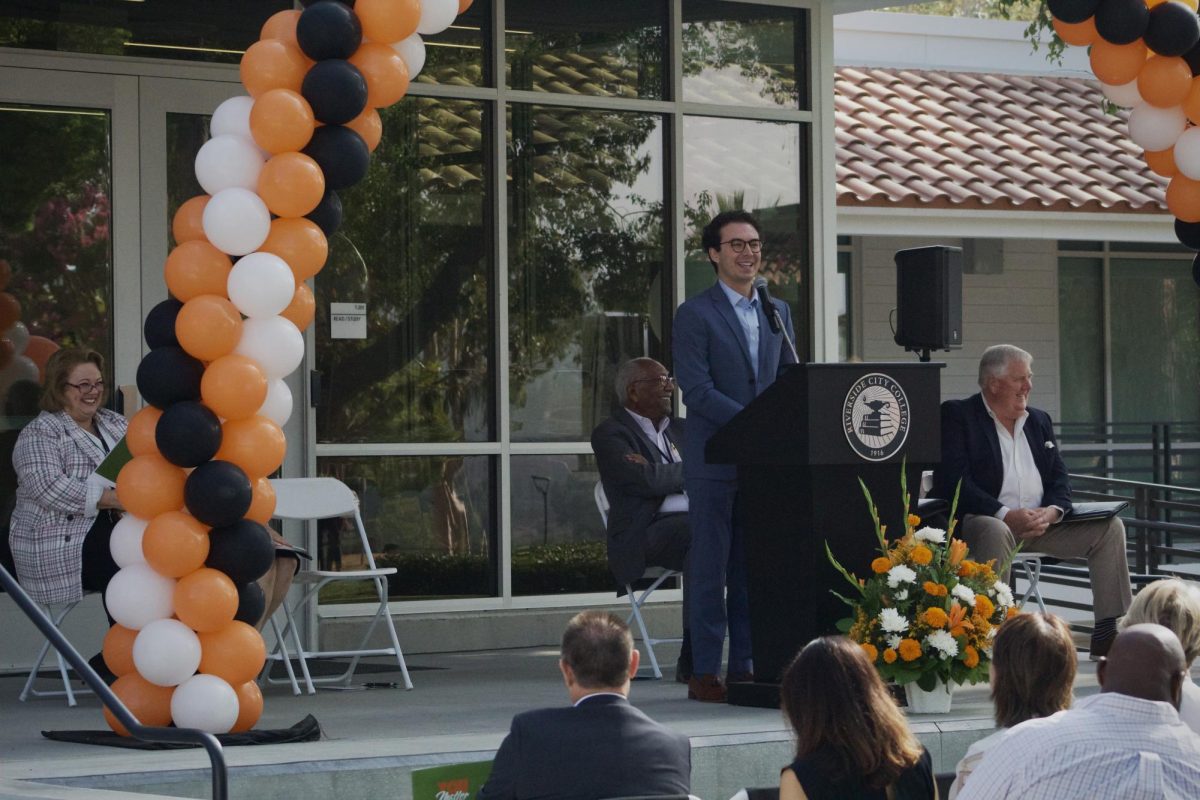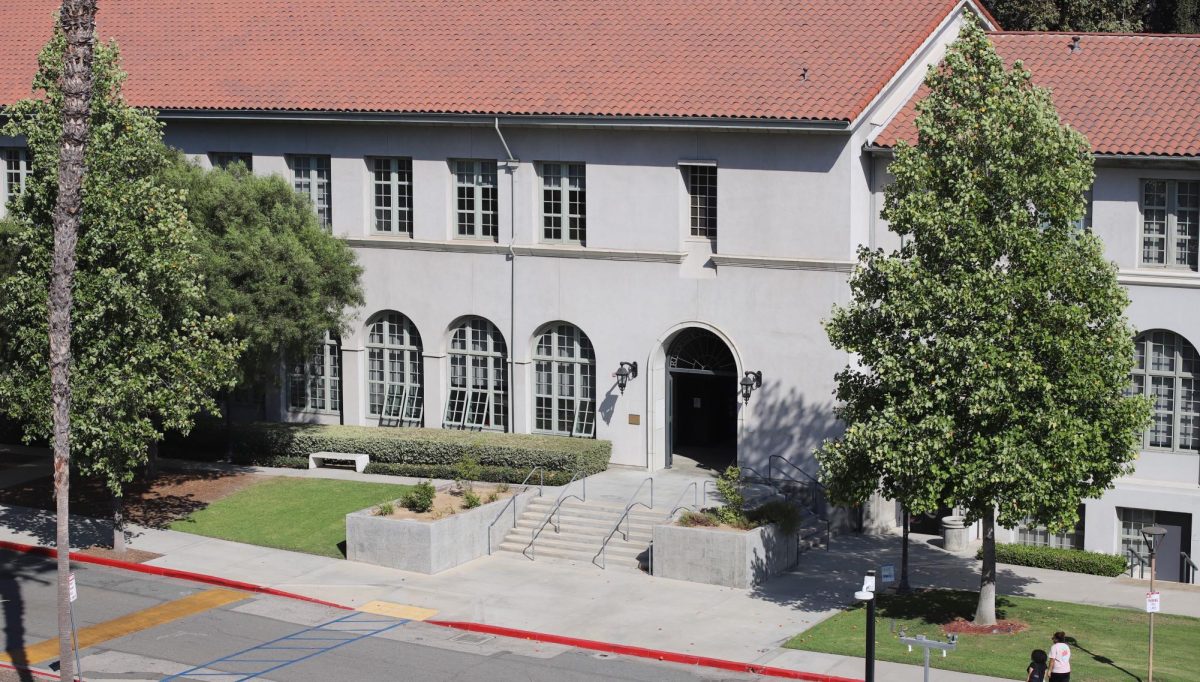Camps of World War II inspire a documentary on Japanese culture and the art today
MICHAEL ISBERTO | STAFF WRITER
Nov. 13, 2014
The Center for Social Justice & Civil Liberties in Riverside held its monthly film screening Nov. 6 for the city’s art walk, but this particular screening was a little different from ones in the past.
They screened “Hidden Legacy,” a documentary about the renaissance of traditional Japanese performing arts in the World War II internment camps.
“We do this every month for arts walk,” said Hillary Jenks, director of The Center for Social Justice and Civil Liberties. “We do a film screening. They tend to be documentaries that look at some intersection of art and social justice. This is the first one that we’ve had a whole performance, a Q&A and we brought in the filmmaker. And this is actually the first time it’s been shown in the Inland Empire.”
Shirley Muramoto Wong, the creative director for the film, was interested in the subject from an early age.
Her curiosity about the history of how Japanese arts and music were passed down from each generation started back in high school and has grown more and more as the years have gone by.
“I’ve been curious about it ever since I learned my mother had learned to play koto in the camp,” Wong said. “I thought that when she said camp; I thought she meant summer camp so I kind of let it go after that. And then in high school I started learning more about the history of the Japanese Americans internment camps.”
Wong started the journey of putting the film together many years ago and it has been a long process.
“She brought a not quite finished version to the Japanese American National Museum in LA in April, which is how I learned about it,” Jenks said. “I contacted her and she was finishing it over the summer, and I told her we’d love to have it here. It worked out.”
Although the process was a long and arduous one, Wong explained that someone had to do it.
Even after many years of researching the topic she couldn’t find the history of Japanese arts in the internment camps.
“It’s been a very long process,” said Wong. “No one wanted to talk about their experiences in camp to begin with because it was a humiliating experience. And I think there was another layer of not wanting to talk about anything Japanese at that time, because there was a strong sense of wanting to assimilate and trying to be more American: patriotic.”
Even after visiting the Japanese American Museum and going through their libraries, she couldn’t find anything about the subject.
“They wanted to prove that it was a mistake that the American government put these people in camps for the wrong reasons,” said Wong. “They wanted to prove that they were as American as possible. So after the camp experiences they decided not to talk about anything Japanese. A lot of my friends said they never heard about Japanese anything. Their parents didn’t want them to develop any type of accent. So they only spoke English, even if their parents weren’t very comfortable with the language.”
Although Wong did not really hear much about the Japanese internment camps or even Japanese culture in general from her parents, the little she did learn inspired her to invest her time and money into shining the light on her mysterious heritage.
“One of the phrases that jumped out to me was, ‘you could only take what you could carry,’” Wong said . “I looked at the koto and went ‘mom, did you take the koto to camp with you?’ As you can see behind me, (Koto motions toward the bench sized string instrument) it’s a 6-foot instrument. She never really talked about it much even then. So I went on my own little quest to find out how she was able to do that, and if anyone else had a similar experience.”
“Hidden Legacy” is the untold story about tradition of Japanese art and music. Because of music and art they were able to express their feelings in such trying times, and even a moment of peace and happiness for those 2-3 hours during their concerts and shows.
“Some people ask me how come it’s taken this long to get to this point to bring this out,” Wong said. “Some of my teachers that we spoke to in the film told us that they were concerned that their arts would not survive. As you know, most of them are in their late eighties and nineties, and they want the Japanese arts to continue. So that was another reason why they came forward and started telling their stories. So it had to wait until now to come to fruition.”
The Center for Social Justice & Civil Liberties is open every Saturday from 10 a.m. to 4 p.m. They are also open the first Sunday of every month. Its current full-time show is the Mine Okubo collection, an artist who is a Riverside City College alumna.
“Upstairs we have all of Mine Okubo’s art work,” Jenks said. “On campus they have Mine Okubo Drive. She was an alum. She went to RCC and then she became a very famous artist. When she passed away she left her paintings to us. So that’s the whole upstairs.”

